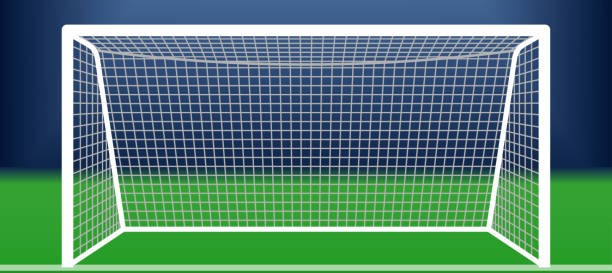













SUBSTITUTION RULES.

Substitutions in football allow teams to replace players during a match. This can be for tactical reasons, due to injury,
or to manage player fatigue. Substitutions are governed by specific rules and vary slightly depending on the competition.
Number of Substitutions:
-
▫ In most competitions, teams are allowed to make up to 3 substitutions during regular time (90 minutes).
▫ In recent years, many leagues and competitions introduced a 5-substitution rule, allowing teams to make up to five changes. Even though up to 5 substitutions may be allowed, teams still have only 3 opportunities to make these substitutions during regular play (plus halftime), so multiple substitutions are often made at the same time.
▫ In matches that go into extra time (if the game is tied after 90 minutes), teams are sometimes allowed an additional substitution.
How Substitutions Work:
-
▫ Substitutions can only be made during stoppages in play (e.g., after a goal, during a throw-in, free kick, or injury break).
▫ The referee must be informed of any substitution before it happens. Players cannot enter the field until the referee signals approval.
▫ A substituted player cannot return to the match once they’ve been taken off (except in certain youth or amateur leagues that allow rolling subs).
Procedure for Substitutions:
-
▫ The team’s coach or a team official will notify the fourth official (if present) of the substitution.
▫ The player coming on waits by the touchline (sideline) while the outgoing player leaves the field.
▫ Play is paused briefly while the substitution takes place.
▫ The player leaving the field may sometimes exit at the nearest point, rather than walking all the way back to the team’s bench, to prevent time-wasting.
Substitutions in Special Situations:
-
▫ Goalkeeper Substitution: A team can substitute its goalkeeper at any time, including for an injury or tactical change. A goalkeeper substitution will still count as one of the 3 or 5 substitutions.
▫ Concussion Substitutions: Some competitions allow an additional substitution if a player is suspected of having a concussion, as a safety precaution.
Tactical Reasons for Substitutions:
-
▫ Injury: If a player is hurt and cannot continue, a substitution is needed to avoid playing with fewer players.
▫ Tactical Adjustments: Coaches may bring on fresh players to change the team's tactics, such as adding attackers to chase a goal or bringing on defenders to protect a lead.
▫ Fatigue: Players may be substituted because they are tired, particularly later in the game, to bring in fresh energy.
Substitutions During Extra Time:
-
▫ If a match goes to extra time, teams are often allowed to make an additional substitution.
▫ Any unused substitutions from the regular 90 minutes can still be used during extra time.
Impact of Substitutions:
-
Substitutions are a crucial part of game strategy, allowing coaches to:
▫ Introduce fresh players to keep energy high late in the game.
▫ Alter tactics to respond to the flow of the match.
▫ Replace injured players to avoid being at a numerical disadvantage.
Summary:
-
▫ Teams typically have 3-5 substitutions during a match.
▫ Substitutions must be made during stoppages, with the referee’s permission.
▫ Substituted players cannot return to the game once taken off.
Substitutions are a key tool in managing the team’s performance and adjusting to the game’s needs.




























